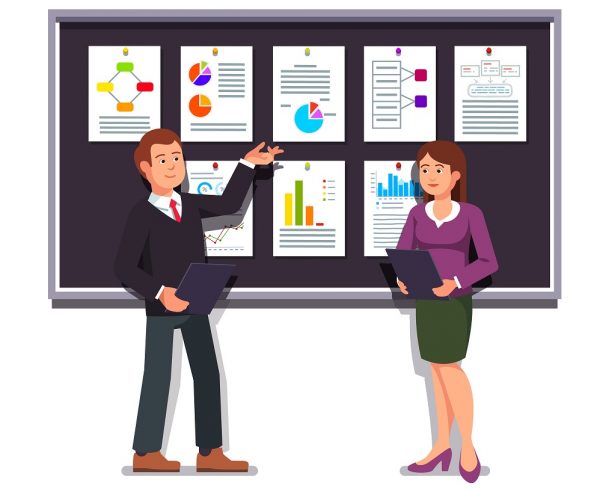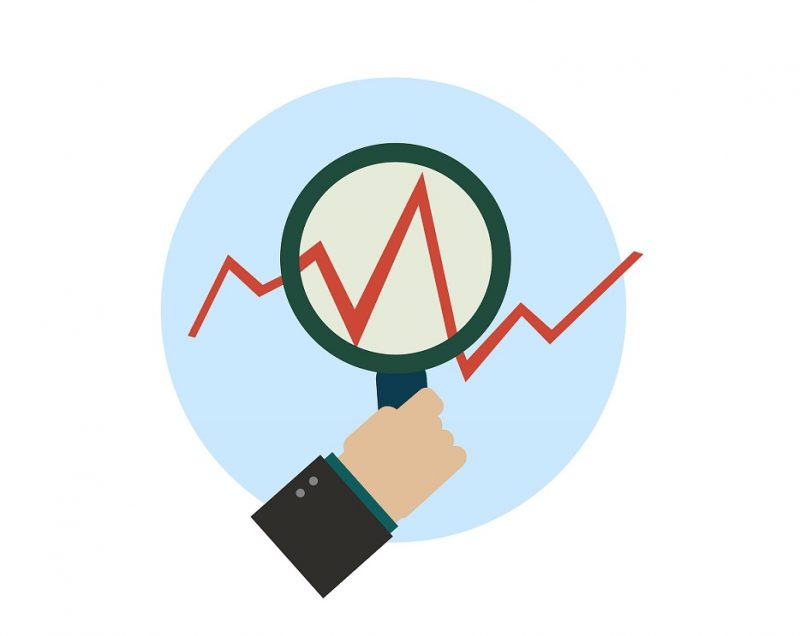Tracing organizational performance is the key factor which aids in the success of the firm. Analyzing the factors of failure and rectifying those issues eliminates the risk of failure in the future. One of the best ways to conduct such analysis and prevent firm from failure is doing Failure Mode Effect Analysis. There are numerous of cases available where companies recall products resulting from poor designed products or processes. These cases are often seen being debated in public forums or consumer courts with manufacturers, suppliers, service providers. FMEA analysis assists in reducing failure; it’s a scientific approach which ensures things doesn’t fail and get done in the way you want it. Moreover you can use Zeigarnik Effect to add more value to your approach.
The acronym FMEA stands for Failure Modes and Effects Analysis. It’s a structural approach that discovers potential threats, failures that may exist within product or process. Recalling products with problem or defects can be expensive for the firm. Customers understandably place high expectations with manufacturers, service providers to deliver quality and reliable products. Customer demands are immensely increasing for quality and reliable products. The increasing demands and functionality of the manufacturers make it difficult to maintain quality and reliability. Reliability, quality can be achieved, and failures can be eliminated using extensive testing techniques such as Failure Mode and Effects Analysis.
In failure mode product tends to fail. Effects are the ways in which failures can lead to waste, defect, or harmful effects for customers. FMEA Analysis is specifically performed to identify, prioritize, and limit such failure modes. Failure Mode Effect Analysis is a methodology for analyzing potential threats, risks, and failure modes in the early development stage, where it’s easy to take actions and tackle the issues. Moreover, this analysis enhances the reliability and quality of the product. FMEA analysis isn’t an alternative for good engineering. Besides, it enhances engineering skills by applying knowledge and experience.
FMEA Analysis of the potential failure modes determines their effect on the development of the product and identifies the procedures to mitigate the failures. Anticipating every fail can’t be possible. The development team also needs to make an extensive list of potential failure may be possible. Early-stage FMEA analysis enables the engineers to sort out failures.
Used by professionals across several industries. FMEA Analysis is the best way to identify potential reliability threats in the early stages of the development, which makes it easier for the producers to make a quick action and alleviate the risks. The ability to anticipate the issues in early stages allows the practitioners to sort out the failure and design a reliable, safe, quality, and customer-pleasing product or service.
- Identifying Failure Modes
- Identifying Failure Causes
- Failure Effects
Teams often perform Failure Modes & Effect Analysis (FMEA) to evaluate possible failures and preventing it by correcting the process proactively instead of acting on it after adverse effects have occurred. Emphasis on such precautionary reduces the risk for both consumers and manufacturers.
FMEA Analysis prioritizes the failures according to how serious impact or consequences it may have on the product. FMEA analyses and eliminates or reduces the risk starting from the highest-priority ones. FMEA analysis starts during the development stages and continues throughout the life of a product or service.
- Firstly, when a new product, service or process is designed or redesigned after quality check
- When an existing product or service is being introduced in a new way
- Before the development process for a newer and modified process
- When improved or modifications need to be done in existing product or service
- When product or service fails on market
- Lastly, periodically throughout the lifecycle of a product, process, or service.
Product, service, or process failure can have adverse effects on the firms. The sooner the risks of fails get discovered, the less the cost needs to be disbursed. The late the risks gets discovered during a product development cycle or launch the impact can be more exponentially devastating. FMEA is one of the best tools for identifying failure at the earliest stage.
- Multiple choices are available for mitigating the risks.
- Lower cost solutions
- Maintaining brand value, customer expectations
- Improvised Design for Manufacturing and Assembly
Failure Mode Effect Analysis analysis is designed to assist the engineers to improvise the quality and reliability of the designs. Following are the steps for conducting FMEA Analysis:
- Failure Mode Effect Analysis Pre-Workout and assembling the FMEA team
- Path 1: Generating requirements through Severity Ranking
- Rank 2: Potential causes and prevention controls using occurrence ranking
- Prioritizing actions and Assignment
- Taking Actions/ Design Review
- Re-ranking RPN and closure
FMEA Analysis is an ultimate tool for identifying threats or risks and then rectifying it at the earliest so that you can avoid the consequences and the poor performance.






Comments
Post a Comment